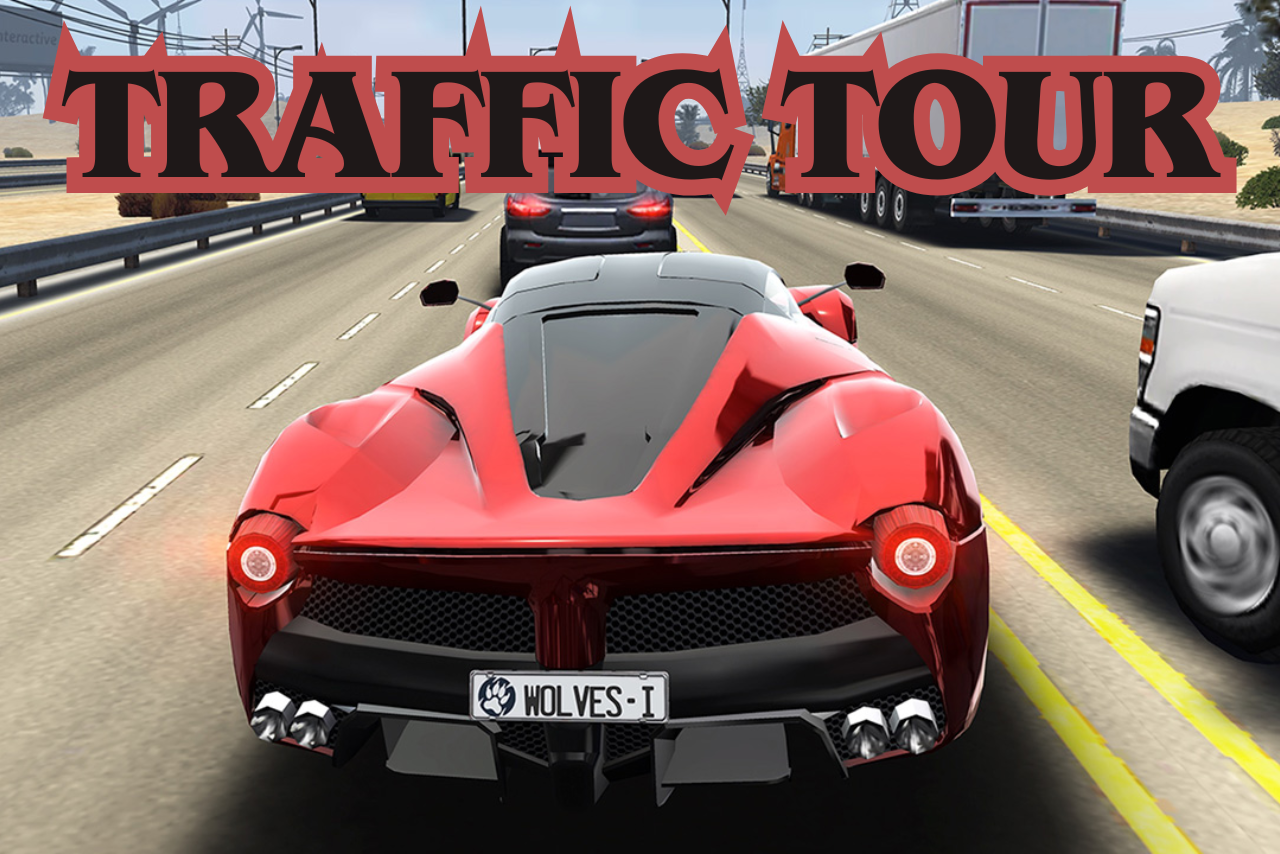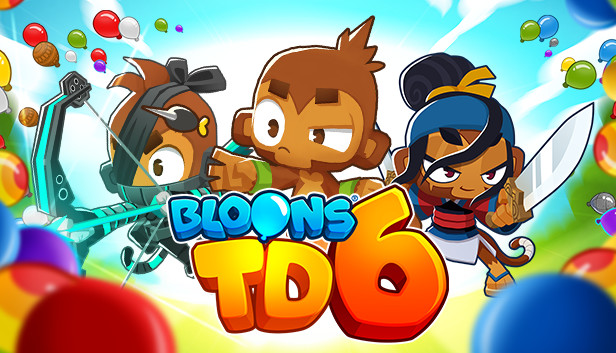Advertisement
Popular Now
Introduction In the vibrant digital ecosystem of Pokémon TCG Pocket, players dive into fast-paced card battles with dynamic mechanics and collectible appeal. But beneath the surface of its mobile accessibility and charming animations lies a growing concern: the imbalance caused by monetization strategies. This article examines how premium cards, randomized packs, and evolving meta decks affect fairness in the game over time. Whether you're a casual collector or a ranked player pushing for mastery, the journey through Pokémon TCG Pocket reveals systemic challenges that can turn enthusiasm into frustration.




1. The Origins of Pocket Play: A Brief Contextual Timeline
The Launch Vision When Pokémon TCG Pocket debuted, it promised a streamlined experience: two-card formats, quick matches, and nostalgic appeal. Developers aimed to retain strategic depth while enhancing accessibility for mobile users. Core Design Goals- Fast-paced matches under 5 minutes
- Simplified deck-building
- Emphasis on iconic card art

2. Premium Packs vs. Progression: The Monetization Dilemma
The Rise of Microtransactions At the core of frustration lies the premium pack system. While players can earn cards through play, some of the most powerful meta-defining cards are locked behind randomized paid packs. Examples of Paywalls- Limited Legendary Packs exclusive to events
- Booster boxes with higher foil pull rates
- Timed bundles featuring evolving cards
3. The Evolution of the Meta: Dominant Deck Archetypes
Meta Centralization With each update, a handful of decks dominate competitive ladders. The speed at which power creep shifts discourages innovation among lower-tier players. Common Meta Decks- Gardevoir EX Control Loop
- Charizard Burn Tempo
- Miraidon Electric Swarm

4. Card Rarity and Competitive Access
The Mythical Disadvantage Some cards, such as Mythical Pokémon or alternate arts, have restricted drop rates that correlate with paid content—crippling accessibility for strategic builds. Example Cards- Alternate Art Zacian (2% drop rate)
- Mew VMAX Event Locked Card
5. Event-Driven Power Shifts
Limited-Time Overpowered Cards Seasonal events often introduce cards that temporarily break balance. These cards become essential until they’re banned or cycled out. Notable Cases- Dark Sylveon Disruption (October Event)
- Entei Rush Meta (Summer Heatwave)

6. AI Opponent Optimization: Fair Training or False Feedback?
Matchmaking and AI Deck Design The game’s single-player AI often uses optimized decks that don’t reflect cards available to average users. This creates misleading skill feedback loops. Training vs Reality- AI uses unreleased or rare cards
- Predictable move sets unlike human opponents
7. The Free Player Paradox
Time vs Spending Free players are often forced into excessive grind loops to match purchasing power. Daily tasks offer limited progress toward meaningful competitive decks. Top Free Grind Routes- Daily coin packs (low yield)
- Weekly event wins (time-intensive)

8. Trading Systems and Their Limitations
Barriers to Card Exchange Unlike traditional TCG platforms, TCG Pocket restricts peer-to-peer trading, relying on randomized pulls and pre-set markets. Trading Issues- No player-to-player trades
- Market refresh cost tokens
- Card “lock-ins” post-purchase
9. Community Responses and Counter Strategies
Emergence of Budget Deck Communities Online forums and Discord groups have developed budget deck lists and strategic guides for free-to-play users. Popular Budget Decks- Lucario Counter-Stall
- Rapidstrike Beedrill Swarm
10. Looking Forward: Possible Solutions and Developer Feedback
Suggested Improvements Players have proposed tiered matchmaking, improved free card pools, and rotational bans to maintain fairness. Some call for transparent odds on pack openings. Developer Outreach Potential- Monthly balance patches
- Card recycling for credits
- Optional card crafting system



















